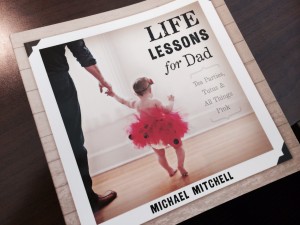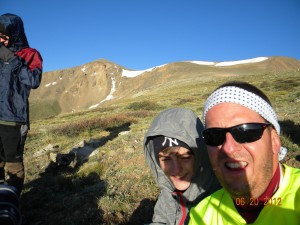 Don’t you just love the English language? I’ve no doubt blown more than one of its standard conventions just inside these first two sentences. A good friend yesterday was telling me of his grandson, who had just moved back to Oklahoma after spending his early life in the European nation of Austria. “Grandpa”, he said, “I’m fluent in three languages: German, English, and Okie”. He then proceeded to diagram the ways a good Austrian would say “I do not have anything to eat” in the two proper languages, and in his newfound home’s unique vernacular.
Don’t you just love the English language? I’ve no doubt blown more than one of its standard conventions just inside these first two sentences. A good friend yesterday was telling me of his grandson, who had just moved back to Oklahoma after spending his early life in the European nation of Austria. “Grandpa”, he said, “I’m fluent in three languages: German, English, and Okie”. He then proceeded to diagram the ways a good Austrian would say “I do not have anything to eat” in the two proper languages, and in his newfound home’s unique vernacular.
I love modern English for its variety of meanings to a word, each meaning the product of another language, culture, or unique set of experiences. “Gauge” is just one such word. If you look up its definition, you will see at least three:
A standard or scale of measurement.
A standard dimension, quantity, or capacity.
An instrument for measuring or testing.

The Durango Silverton Narrow Gauge Railroad is a case in point, and it produced the inspiration and the headgear that is hat number 8 of 27, save one. This 45 mile track from the town of Durango, Colorado to the higher elevation point of Silverton was originally built in 1881, and it continues to run and serve over 130 years later. Its founders believed the choice of 3 foot narrow gauge rails would be well suited to the mountain route, and that the less expensive cost of narrow gauge construction could enhance the viability of the new railroad. I would say 130 years has proven it to be viable. To this day, it delivers people and goods up the narrow and sometimes treacherous path, the locomotive straining and steaming to accomplish its objective. The vistas encountered along the way are breathtaking.
The young couple pictured at the start of this entry first rode said railway on their honeymoon 25 years ago this summer. It was a bookend, or should I say “book beginning”, experience that has helped shape the conversation that is their life together. Just a few years ago, they took their progeny back to Durango so that the “young ‘ens”, as a good Okie would say, got to experience the beauty and majesty of the railway firsthand.

Tomorrow, the eldest of said progeny will be “gettin’ hitched”, in further good Okie phraseology. Her parents pray that she and her young suitor will choose to use a narrow gauge as they start up the path of life together. The narrower gauge can sometimes come at a lower cost and enhance the viability of a new enterprise. It has proven itself to be worthy of the hard work life can bring, and it can deliver on the narrow and sometimes treacherous path. In choosing to steam through said paths together, the vistas encountered along the way will be breathtaking.
Don’t you just love the English language? I do, and so many of those who choose to speak it.






